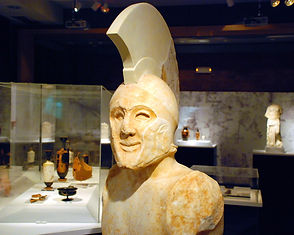
Call Us USA/CANADA (011 30) EUROPE(00 30) AUSTRALIA (0011 30)Mobile: 697 305 7711
GREECE PRIVATE TRAVEL TOURS & TRANSFERS

SPARTA IS AN OPEN MUSEUM
Tour Sparta. We visit Ancient Sparta & Mystras as travelers, not as tourists
Sparta is a city with along history and with a modern municipality. The Municipality of Sparta is the capital of the Laconia prefecture with a population of 20.000 inhabitants. With an excellent city plan Sparta stands on the side of the ancient city built by the decree of 1834 signed by King Otto and designed by Staufehrt. The plan followed the Ippodamean example of wide avenues and big squares and was designed for 100.000 inhabitants. The economy of the city is based on agricultural production and tourism. It is surrounded by ancient sites and the center of the city is crowned with many neoclassical buildings and monuments. Do not miss to visit the Archaeological Museum and the unique Museum of Olive and Greek Olive oil in Sparta.
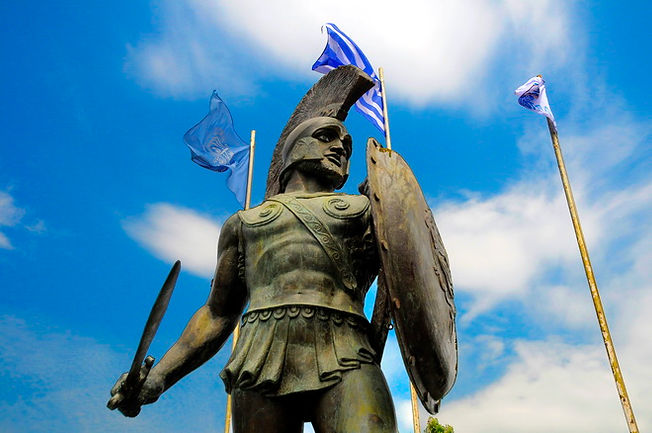
August 480 BC, Leonidas marched out of Sparta to meet Xerxes' army at Thermopylae with a small force of 300 Spartan hoplites, where he was joined by forces from other Greek city-states, who put themselves under his command to form an army of 7,000. When the Persians attacked Sparta and told them to lay down their weapons, King Leonidas response, was 'Molon Labe' ( " If you Dare Come and Get Them" ).




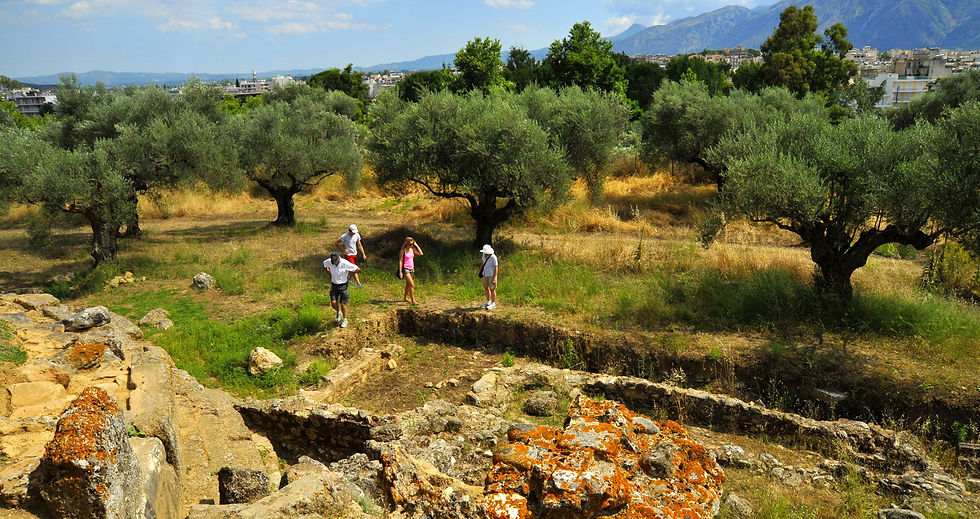



Classical Sparta
In the Second Messenian War, Sparta established itself as a local power in Peloponnese and the rest of Greece. During the following centuries, Sparta's reputation as a land-fighting force was unequaled In 480 BC a small force of Spartans, Thespians, and Thebans led by King Leonidas (approximately 300 were full Spartiates, 700 were Thespians, and 400 were Thebans although these numbers do not reflect casualties incurred prior to the final battle), made a legendary last stand at the Battle of Thermopylae against the massive Persian army, inflicting very high casualties on the Persian forces before finally being encircled.
The superior weaponry, strategy, and bronze armor of the Greek hoplites and their phalanx again proved their worth one year later when Sparta assembled at full strength and led a Greek alliance against the Persians at the battle of Plataea.





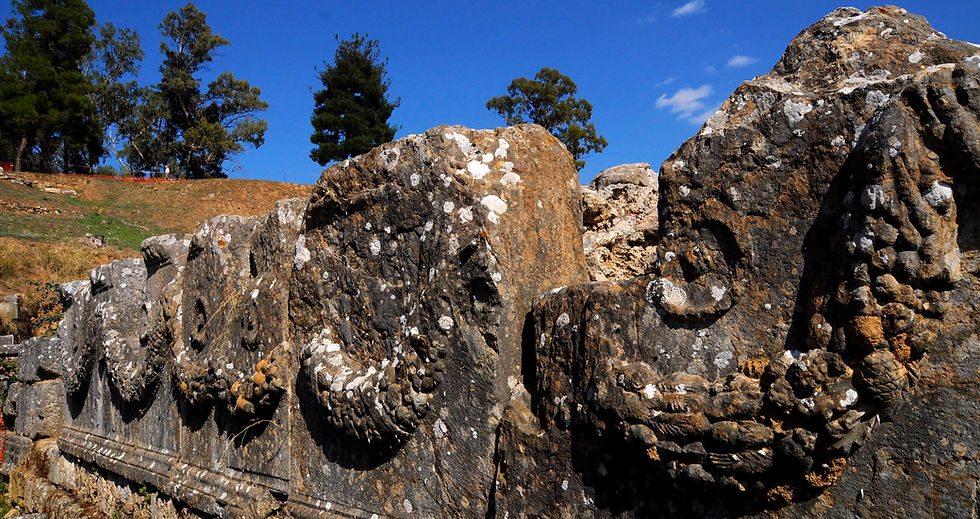


The decisive Greek victory at Plataea put an end to the Greco-Persian War along with Persian ambition of expanding into Europe. Even though this war was won by a pan-Greek army, credit was given to Sparta, who besides being the protagonist at Thermopylae and Plataea, had been the de facto leader of the entire Greek expedition
Thucydides wrote: Suppose the city of Sparta to be deserted, and nothing left but the temples and the ground-plan, distant ages would be very unwilling to believe that the power of the Lacedaemonians was at all equal to their fame. Their city is not built continuously, and has no splendid temples or other edifices; it rather resembles a group of villages, like the ancient towns of Hellas, and would therefore make a poor show.
Our Private tour in Sparta will take you in the heard of the city but also on the surrounded hills... Acropolis of Sparta is open to visitors and your private driver will take you to visit and view ancient Sparta from different angles.
Until the early 20th century, the chief ancient buildings at Sparta were the theater, of which, however, little showed above ground except portions of the retaining walls the so-called Tomb of Leonidas, a quadrangular building, perhaps a temple, constructed of immense blocks of stone and containing two chambers; the foundation of an ancient bridge over the Eurotas river, the ruins of a circular structure...










Medieval and modern Sparta
According to Byzantine sources, some parts of the Laconian region remained pagan until well into the 10th century AD. Doric-speaking populations survive today in Tsakonia. In the Middle Ages, the political and cultural center of Laconia shifted to the nearby settlement of Mystras, and Sparta fell further in even local importance. Modern Sparti was re-founded in 1834, by a decree of King Otto of Greece.
Mystras... a medieval Byzantine town.
Following the road from Sparta which passes through plane trees, cypresses, olive trees, mulberries and orange trees we reach Mystras. In the distance, mount Taygetos looms proudly. We scan its innumerable peaks, precipitous slopes and deep gorges until our gaze suddenly rests on a hill, detached from the mountain range. On the naturally defended hill of Myzithras in Lacedaimon, the ruler of the Frankish Principate of Achaia Guillaume de Villehardouin built in 1249 a strong medieval castle the "Oriokastro" which was to play an important role in the history of the last centuries of the Byzantine empire.
The last Byzantine emperor, Constantine XI Palaiologos, was despot at Mystras before he came to the throne. Demetrius Palaeologus the last despot of Morea, surrendered the city to the Ottoman emperor Mehmed II in 1460. The Venetians occupied it from 1687 to 1715, but otherwise the Ottomans held it until 1821 and the beginning of the Greek War of Independence. It was abandoned under King Otto for the newly rebuilt town of Sparta.
In 1989 the ruins, including the fortress, palace, churches, and monasteries, were named a UNESCO World Heritage Site.






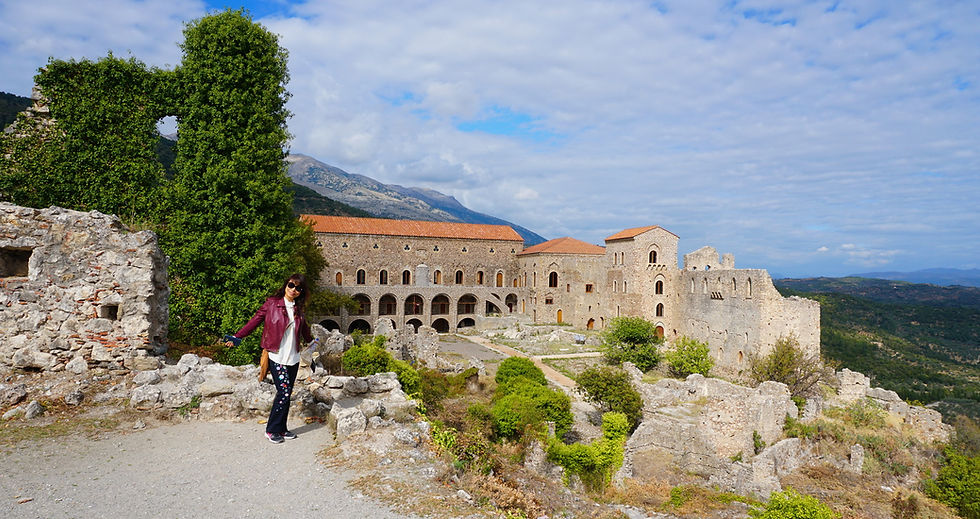


Museum of the Olive and Greek Olive Oil in Sparta
The Museum of the Olive and Greek Olive Oil in Sparta aims to highlight the culture and technology of the olive and olive production, which is inextricably linked with the Greek and Mediterranean identity. Unique in Greece, it is located in the heart of Laconia, one of the main olive producing locations in Greece.
In the upper floor the first testimonies about the olive in Greece , its contribution to the economy from prehistoric times to the 20th century, its role in nutrition, body care (cosmetic, pharmaceutical uses), lighting, while special mention is made of its symbolic dimension in religion, mythology, customs and mores. The unit concludes with a brief presentation of the olive’s position in art.
The tour starts from the earliest findings that demonstrate the existence of the olive tree in Greece: rare fossil olive leaves, 50,000-60,000 years old, found in the Thera Caldera. The first texts date back to the 14th century BC, on clay tablets inscribed with Linear B script.


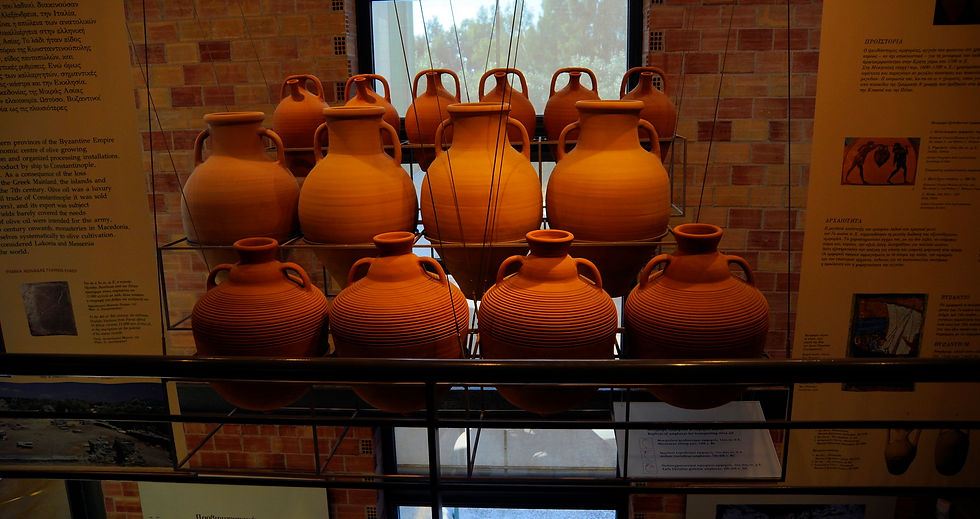

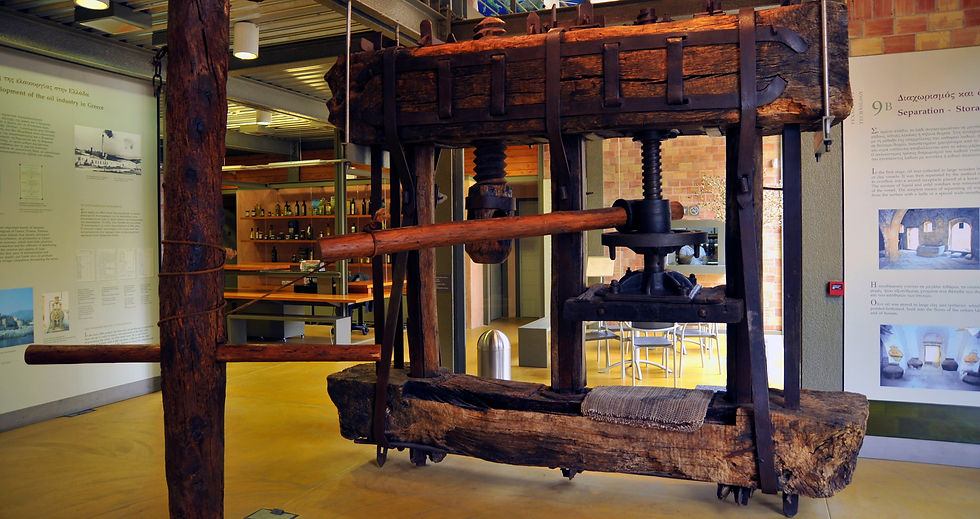
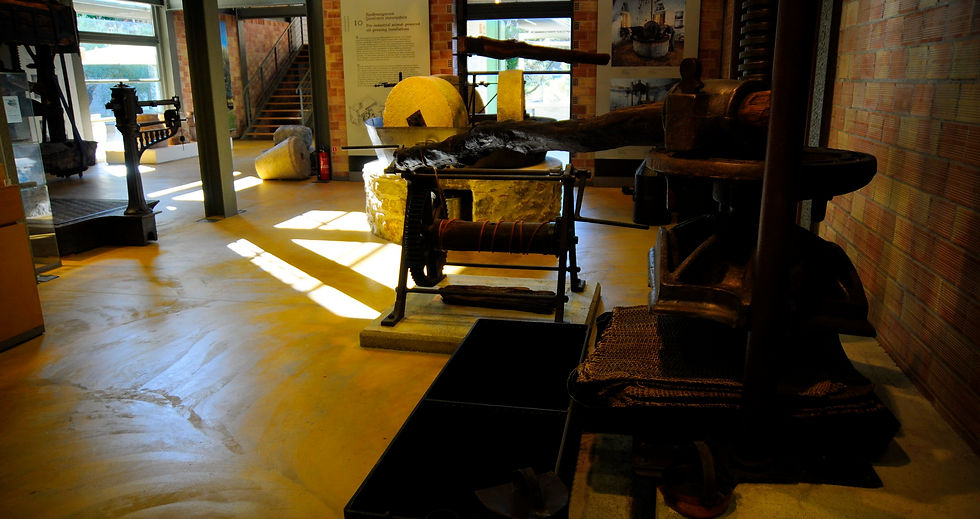
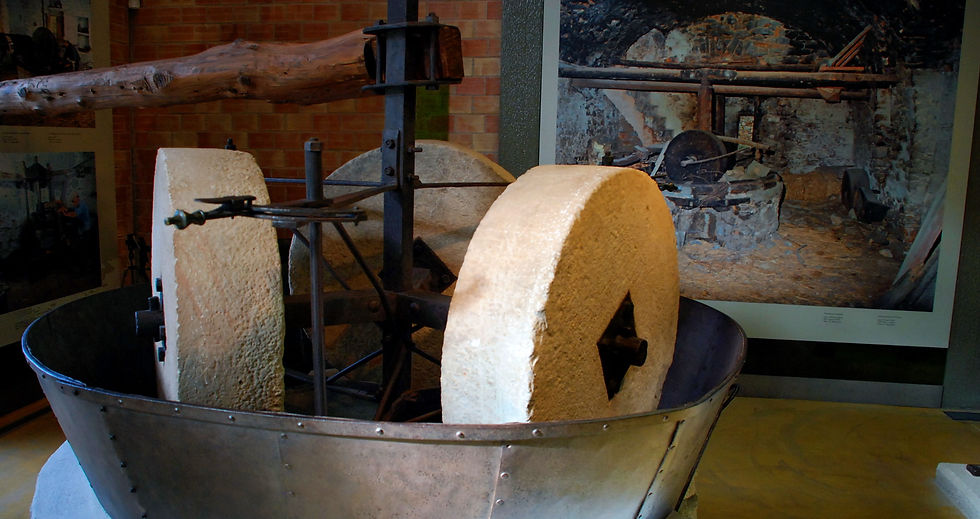
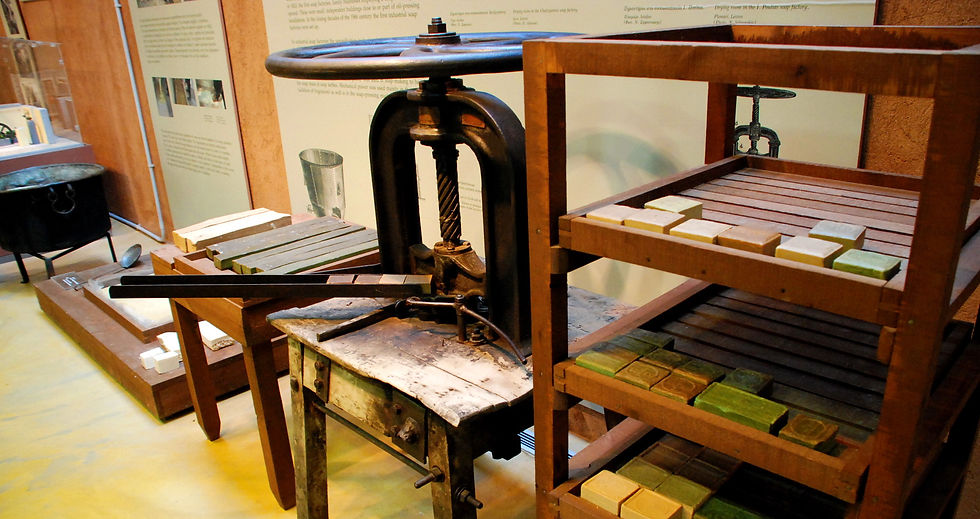
The Museum’s ground floor is devoted to the development of olive oil production technology from Antiquity until the early industrial era. The post-Byzantine technology and machinery are presented in the museum. An animal-powered olive oil press from Lefkada provides evidence for its survival during the 20th century. A wooden double oil press with a winch has been transferred from the neighbouring area of Xirokampi. Emphasis has been placed on the revival of the powered olive oil presses (water-powered, steam-powered, diesel-powered and power-driven) using large working models.


King Leonidas
was a warrior king of the Greek city-state of Sparta. He was the husband of Gorgo, the daughter of Cleomenes I of Sparta. Leonidas had a notable participation in the Second Persian War, where he led the allied Greek forces to a last stand at the Battle of Thermopylae (480 BC) while attempting to defend the pass from the invading Persian army. A monument to Leonidas was erected at Thermopylae in 1955. It features a bronze statue of Leonidas. A sign, under the statue, reads simply: "ΜΟΛΩΝ ΛΑΒΕ" ("Come and take them"), which was Leonidas' reply when Xerxes offered to spare the lives of the Spartans if they gave up their arms

Sparta Museum
The Archaeological Museum comprises the oldest provincial archaeological museum of the country. Its neoclassical building was constructed between 1874 and 1876 in the center of the city and it has been declared a listed building for its architectural and historical interest. Statue of a Spartan warrior, the so-called Leonidas. Only the upper part of the torso is preserved. The statue was found in the sanctuary of Athena Chalkioikos at the acropolis of Sparta and is dated to the second quarter of the 5th century BC.
